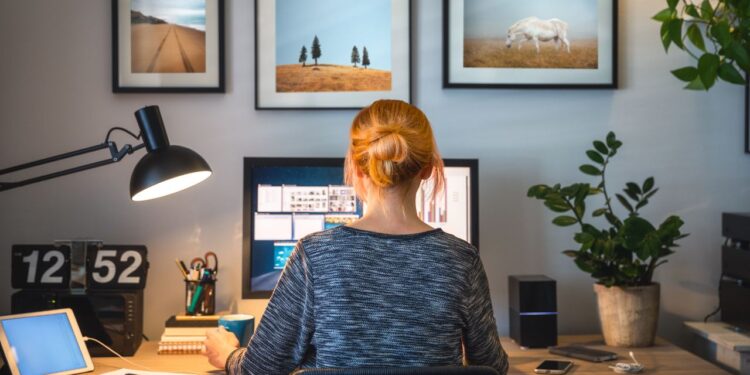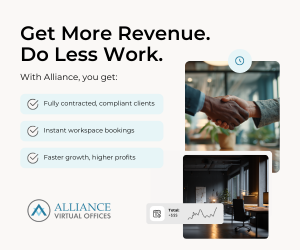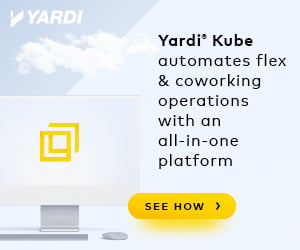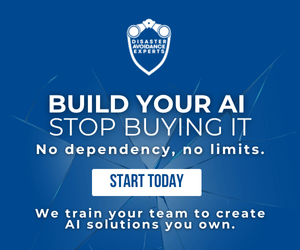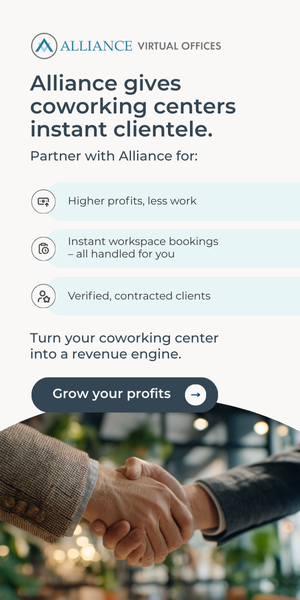- Work became location-agnostic, blending home offices, coworking spaces, and remote setups.
- Career stability now depends on adaptability and skills, not long-term employer loyalty.
- Work and life merged, with flexibility and well-being taking priority for employees.
Remember the lockdowns, the deserted offices, and the marathon Zoom meetings of COVID? At the time, many believed that once the crisis ended, the old ways of working would bounce back.
Did your company think that, too? That we’d all return to the same desks, same schedules, same rules?
That didn’t happen. And it won’t.
Half a decade later, the world of work hasn’t gone back to what it was. It’s transformed — not into an entirely remote dream or a complete return to corporate norms, but into something more hybrid, fluid, and people-driven.
Employees now expect autonomy, flexibility, and a sense of purpose. Career stability now depends on adaptability, rather than tenure. And work is now woven into life, not the other way around.
Some changes faded. Others became foundational. And many are still developing. Five years after the first global shutdowns, it’s time to reflect: what truly shifted, what reverted, and what is still in transition?
Work Didn’t Go Fully Remote — It Became Location-Agnostic
Back in 2020, remote work looked like it might take over. Office leases were dropped, digital tools became essential, and physical workplaces seemed obsolete. But that wasn’t the full story.
What actually emerged is a more flexible model that allows work to happen from anywhere — not just from home.
The office still has a role, but it’s no longer the center of the universe. Instead, it’s part of a network of locations that support productivity: home offices, co-working hubs, satellite spaces, and even cross-border setups. People are blending locations to suit their lives.
And that’s why the four-day workweek hasn’t gained mainstream traction. What workers want isn’t a shorter schedule — it’s ownership of their time. A rigid four-day framework doesn’t fulfill the deeper need for agency.
Career Stability Is Built on Skills, Not Employers
For decades, professional security meant landing a steady job and sticking with it. The pandemic shattered that equation. Entire sectors went dark while others exploded with opportunity.
What separated those who thrived from those who struggled? Skills.
Today, workers are investing in learning, retraining, and diversifying their income streams. Career resilience now comes from adaptability — being able to shift industries, pivot roles, or build independent ventures when needed.
The number of freelancers, gig workers, and side hustlers has surged. What began as a necessity in 2020 has become a lifestyle choice for many.
Even traditional employees are adopting a more entrepreneurial mindset, maintaining optionality, and prioritizing relevance over loyalty.
Work and Life Are Now Intertwined
Before the pandemic, work-life balance was a nice idea that rarely played out in reality. For most, work dictated life. That changed when homes became offices, and employers had to recognize the full human behind the employee.
Now, workers are less willing to compromise their well-being for professional gains.
Success is being redefined: it’s not just promotions or paychecks, but whether work fits into a sustainable, fulfilling life. Employees expect their companies to support mental health, reasonable workloads, and flexibility to navigate real life.
Organizations that ignored this shift are seeing burnout and attrition. Those that embraced it are building more loyal, motivated teams.
Digital Workspaces Keep Advancing — Now With AI at the Helm
COVID launched the digital workplace era, starting with endless video calls and chat tools. But we quickly hit the limits of Zoom culture. The evolution didn’t stop there.
Now, artificial intelligence is reshaping the landscape. AI tools are helping people write faster, analyze smarter, and automate tasks that once ate up hours. It’s not just about working remotely — it’s about working better.
The future of work will be increasingly digital, augmented by AI, and rooted in tools that help teams collaborate, decide, and deliver value across time zones and boundaries.
Five Years In: What Comes Next?
The last five years were a new path entirely. Some things returned (like in-person meetings). Others took root permanently (like flexible work expectations). And some shifts, like how we harness AI, are still taking shape.
What’s clear is this: there’s no going back. Workers want more control, more meaning, and more humanity in how they work. Employers who evolve with them will attract and retain the best. Those who cling to the past risk being left behind.
The future of work isn’t ahead of us. We’re already living it.


 Dr. Gleb Tsipursky – The Office Whisperer
Dr. Gleb Tsipursky – The Office Whisperer Nirit Cohen – WorkFutures
Nirit Cohen – WorkFutures Angela Howard – Culture Expert
Angela Howard – Culture Expert Drew Jones – Design & Innovation
Drew Jones – Design & Innovation Jonathan Price – CRE & Flex Expert
Jonathan Price – CRE & Flex Expert
